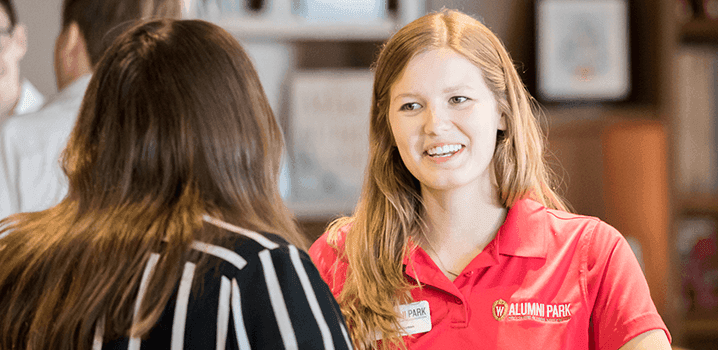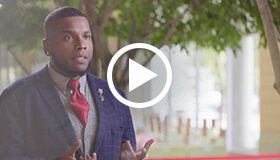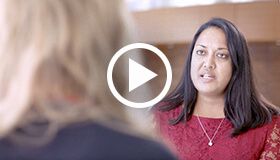At times, networking can seem like trudging up Bascom Hill in a foot of snow with the wind blowing in your face — but it doesn’t have to be that way! How can you shift the odds in your favor? By using both your strong and weak Badger ties.
Branching Out
Strong ties are people with whom you share a meaningful connection and whom you see on a regular basis. These may include your friends or close colleagues. Weak ties are people with whom you have a shallower connection and/or people you don’t see on a regular basis. These include past coworkers, acquaintances, or other Badgers whom you may not have met before.
While your strong ties are still critical to your network, they may be less helpful when you are looking for a new job or career resources. According to a Stanford sociology professor, knowledge professionals find jobs more often through their weak ties than their strong ones.
Why? Think about your group of friends or colleagues and how often you hear the same information from multiple people. (“Did you hear that Bucky got a new shirt?” “Yes, Sparty already told me.”)
This overlap in information occurs because your strong connections are connected with many of the same people in your network, meaning they have fewer new connections to provide to you.
On the other hand, weak ties provide more options for you because they have access to networks that you are likely not already part of. This means new information and new people that they can introduce you to.
Connecting the Dots
Start using those weak connections in your career — whether you’re moving up the corporate ladder or changing industries.
Not sure how to get the conversation started with a weak connection? Begin an email with the appropriate level of polite small talk (most Americans use one to two lines with a variation of “Hope you’re well,” but some cultures prefer more or less); then try one of these:
- I’m interested in working at [insert organization where they work or have worked], and I’d love to learn more about your experience working there.
- I’m really intrigued by what you do. How did you get into that? What kind of skills or experience will I need to get started?
- I’m hoping to talk to someone with experience in [specific area]. Do you know anyone who wouldn’t mind swapping contact info?
Now, log on to Badger Bridge and start practicing. Remember: your connections are willing to help you. All you have to do is ask!
If you liked these tips and want to learn more about getting ahead in your career, check out the Career Resources Library at uwalumni.com/career-resources.





